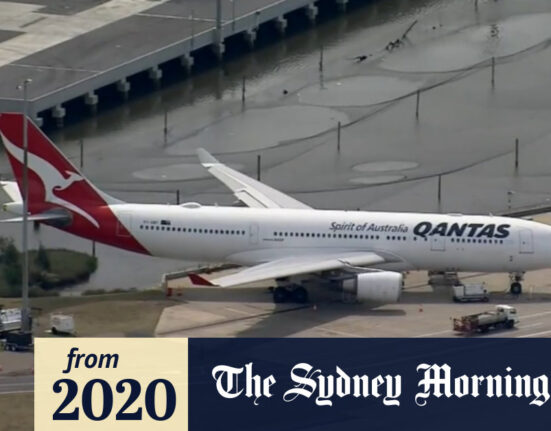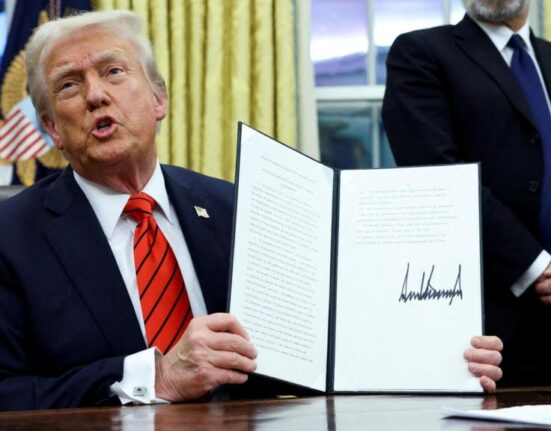After this week, we might need to rethink the concept of comparative advantage in trading relationships with the US. The winners in trade with the US won’t necessarily be those who can produce goods more efficiently than others, but those countries with lower tariff rates on those goods than their competitors.
In a bold move, Donald Trump is shaking up global trade by redefining the rules of engagement. The President is set to send letters to several countries informing them of new tariff rates that will come into effect soon. This shift could have far-reaching implications for economies worldwide.
On Wednesday, a 90-day pause on Trump’s “reciprocal
” tariffs is set to end, potentially unleashing a wave of new challenges and opportunities in the international trade landscape. Despite initial hopes for negotiated deals during this period, progress has been slow, prompting Trump to take unilateral action.
Treasury Secretary Scott Bessent hinted at possible extensions for negotiations but emphasized the urgency of finalizing agreements swiftly. The looming deadline has put pressure on both US officials and their foreign counterparts to navigate this complex terrain of tariffs and trade deals.
“
There’s a lot of congestion in the home stretch,” remarked Bessent during an interview. This sentiment underscores the critical nature of these ongoing discussions and highlights the need for quick resolutions to avoid disruptions in global commerce.
As Trump prepares to unveil varying tariff rates, ranging from 10% to 70%, different countries are bracing for significant shifts in their competitive positions. The implications of these changes extend beyond individual economies and could reshape entire industries affected by these new tariffs.
With such wide-ranging impacts expected, concerns have been raised about potential loopholes that could be exploited under this new tariff regime. Previous experiences during past trade wars serve as cautionary tales against attempts to circumvent regulations through alternative routes or transshipment strategies.
Amidst these uncertainties, China stands out as a key player facing unique challenges due to its extensive trading relationships with multiple countries. The evolving dynamics between China and other major economies like the US further complicate an already intricate global trade landscape.
While negotiations continue and tentative deals are explored, sectors like pharmaceuticals, autos, steel, aluminium, and more hang in the balance awaiting potential sectoral tariffs. These looming threats add another layer of complexity to an already tense environment rife with uncertainty.
The European Union finds itself at odds with the US over various demands and proposed tariffs that could impact crucial sectors like pharmaceuticals – a significant export for EU nations. The delicate balance between negotiating fair terms while safeguarding key industries has become increasingly precarious.
As tensions escalate between major economic powers like the US and EU, fears mount over a potential full-scale trade war that could reverberate globally. With each side weighing retaliatory measures against escalating disputes, the stakes have never been higher for international commerce stability.
Against this backdrop of uncertainty and shifting alliances comes a stark reality – Trump’s tariffs may generate substantial revenue but fall short of addressing broader fiscal challenges facing America. As debates rage on about deficits and economic strategies, one thing remains clear – change is inevitable in this dynamic era of global trade realignment.







Leave feedback about this